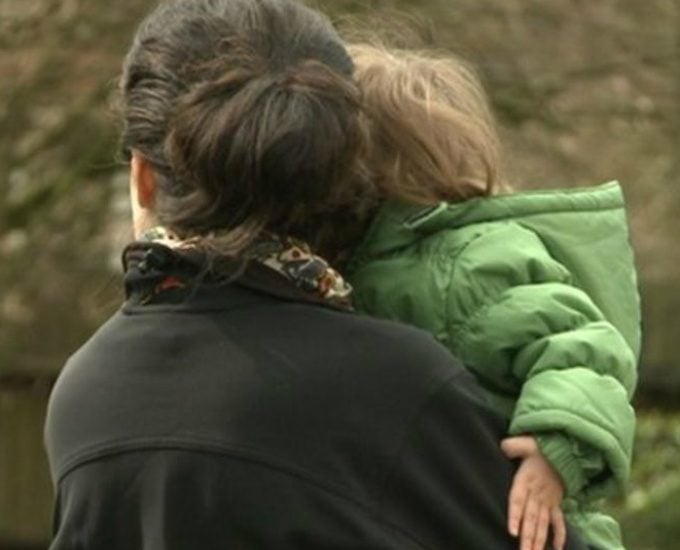
KJIPUKTUK (Halifax) – Here’s some rare good news from the poverty front.
Newly released data by Statistics Canada show that in 2017 in most provinces the number of people considered poor decreased.
Canada-wide, the percentage of persons living below Canada’s official poverty line in 2017 declined to 9.5% from 10.6% the year before.
Unfortunately, Nova Scotia has nothing to celebrate.
With 12.8% of its population living in poverty Nova Scotia is number one in terms of the percentage of people deemed poor by the Statistics Canada definition.
Even more sadly, Nova Scotia is also number one in child poverty, with with 17.1% of people younger than 18 considered poor.
That number actually went up substantially from 2016, when it was sitting at 14%.
We do need to put an asterisk beside these numbers, in that many poverty advocates will make a valid argument that they are higher across the board.
No doubt the department of Community Services will ask for our patience as its social services transformation initiative will make everything better. But that tune is getting a bit old.
What the Canada-wide decrease shows is that poverty isn’t this mysterious phenomenon that just happens, much like the weather.
For instance, it is no coincidence that the province with the highest poverty rates has the lowest minimum wage in Canada.
There is a reason that in 2017 a mere 4.9% (and Nova Scotia’s 3.4%) of people older than 65 are considered poor. That reason is called good policy.
As food security expert Valerie Tarasuk explained in a 2018 interview: “The only thing that changes is that these people become eligible for old age pension and guaranteed income supplements.”
“For somebody on welfare it will be double what they were getting before, and it will be indexed to inflation. It will typically come with full drug benefits. What happens is that we have an income floor. It’s not perfect. But there is strong relationship that when you give people an income floor that is closer to adequate than it dramatically drops the risk of food insecurity,” Tarasuk said.
Similarly, the CBC reports that in terms of child poverty, with a decline between 2015 and 2017 of 10% to 5%, Alberta saw one of the most dramatic reductions in the past two years on record.
Economist Trevor Tombe says that phenomenal decline is largely due to the Canada Child Benefit introduced by the federal Liberal government and the Alberta Child Benefit.
“So those two policies, combined, really dramatically increase the amount of child benefits that Alberta families receive,” Tombe said in the CBC story.
The increase amounts to “a little more than double” what low-income families were receiving in 2014, Tombe said.
With a special thanks to our generous donors who make publication of the Nova Scotia Advocate possible.
Subscribe to the Nova Scotia Advocate weekly digest and never miss an article again. It’s free!




Let’s not forget the low literacy levels in this province. There is a great deal of research to support the correlation between low literacy levels and poverty and when you throw in DCS, well…you’ve got what we’ve got in NS.